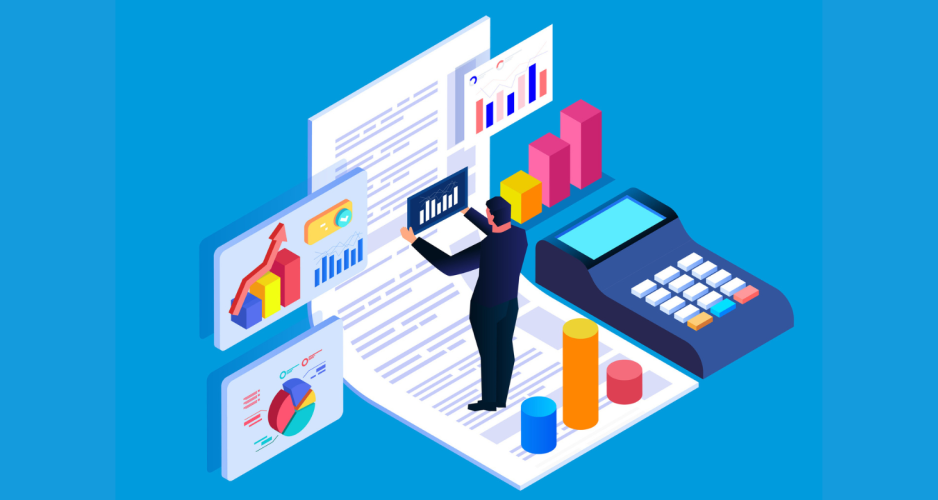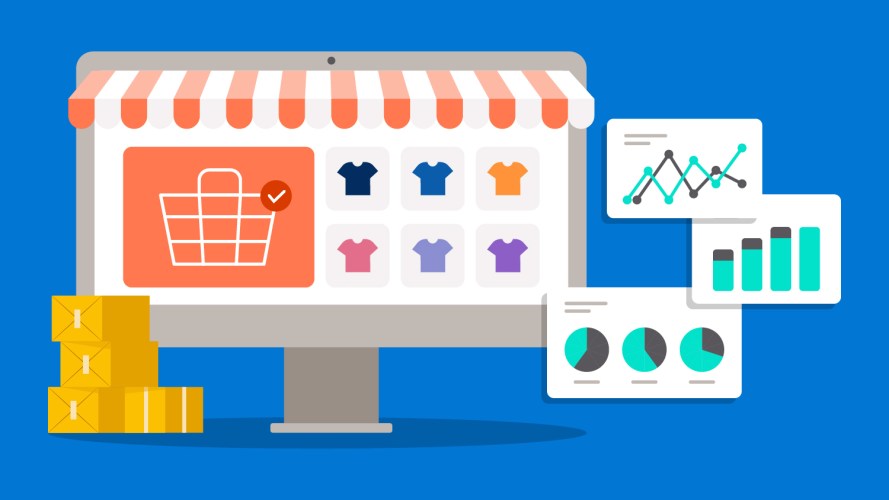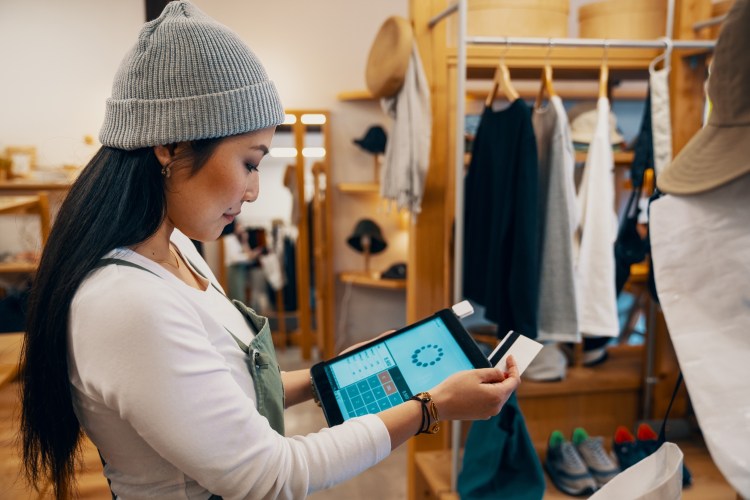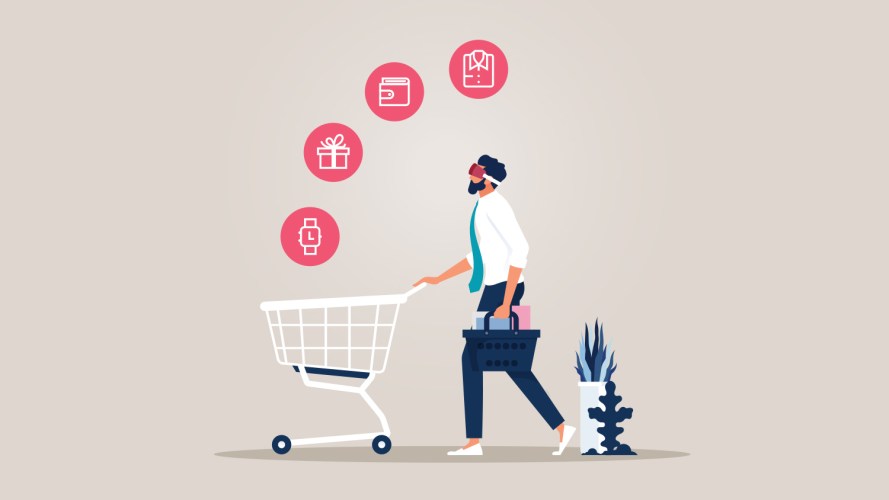How Data and AI Are Changing the Consumer Goods Industry



Across marketing, sales, commerce, and service, AI removes the roadblocks that prevent efficiency.

Hilary Englert
What’s more frustrating than manually compiling and analyzing data that’s delivered on spreadsheets or PDFs? If you ask a key account manager (KAM), they might cite the hours they spend completing forms and reports. Your marketers might shake their heads over the communications that always seem one step behind what your customers really need.
And in service, your agents could point to rising case volumes, wondering how slower response times are affecting your customer relationships. Smart use of artificial intelligence (AI) in consumer goods (CG) could change all that.
In CG, slow processes are hindering progress at the same time 93% of leaders say growth is their top priority. To score quick wins, they’re turning to artificial intelligence (AI). Why? AI makes it easier and faster to compile and analyze data, personalize customer communications, and complete rote tasks, helping to relieve margin pressure and satisfy demanding customers.
After more than a year of build-up, it’s time to deliver on AI’s potential. Let’s take a look at how AI can help you supercharge your strategies, increase productivity, and enhance customer experiences.
You can deliver profitable growth
Discover insights and trends from 1500 consumer goods decision-makers worldwide.



How can you use AI in CG?
Sales, marketing, and service are some of the use cases where AI in CG can increase efficiency and build stronger customer relationships.
For example, AI can help your customer reps do more than answer questions about promotions, inventory, and visit scheduling. With AI-driven insights based on real-time data, your reps will gain instant insight into your customers’ needs and preferences, nurturing more strategic and proactive communications.
Imagine your customer wants to change the fulfillment timing of a beverage order. Using AI, your rep can make proactive recommendations based on the business need that’s driving your customer’s decision. For example, a music festival that’s scheduled to take place just after the updated delivery date. Equipped with this insight, your rep can suggest increasing the order by 20% and adding complementary products that do well at festivals, according to your data.
AI also helps you:
Analyze data to better understand customer communication preferences
Showing you understand your customers means keeping communications relevant to their needs. Not only do most B2B and B2C customers expect personalization, but intelligently tailored communications increase conversion rates. The challenge? For CG companies, getting personalization right has traditionally been difficult and slow.
Enter AI, which merges customer intent, business priorities, and behavioral data to map your customers to the communications and channels they prefer. By automating that work, you can spend more time understanding the opportunities in a specific segment and instantly create persona-based use cases.
Optimize your trade promotion plans
Your KAMs spend a lot of time filling out forms, searching for promo approvals, and filing updates. With AI, you can free up their time so they can provide more consultative and personalized selling experiences. You can create a single source of truth accessible to both your team and retailers to make collaboration and joint planning quick and easy. This also lets you connect in-store and digital interactions in an integrated promotional plan. And, AI can automate tasks like evaluating promotion success and redeployment of funds so you can expand what’s working and stop losing money on what’s not.
Improve customer experience and satisfaction
AI in CG helps KAMs and service agents deliver attentive service for B2B customers, but it also streamlines the journey between discovery and checkout on direct-to-consumer (DTC) channels.
Imagine, for example, a company that sells skincare products online. In an AI-assisted interaction, consumers can upload a photo or use video to launch a personalized experience that analyzes their needs, surfaces product recommendations, adds them to their cart, and completes the transaction — all in a few quick taps.
Creates operational efficiencies in marketing
With data-driven audience insights and generative AI, creating and iterating on your customer communications has never been more efficient. With generative AI, you can instantly generate subject lines, email copy, and images to match. Then create new offers and messaging in your brand voice, later translating them into multiple languages.
And, when it’s time to analyze your audiences, AI helps you surface the important insights you need to build engagement — like understanding the recommended time and frequency of communication.
Elevate post-transaction experiences
About 81% of customers expect faster service as technology advances. AI delivers huge wins for service leaders who depend on fast case resolution to build better customer relationships (and increase their customer satisfaction scores). One of the biggest benefits of AI-driven tools like chatbots? The ability to comb through data and answer standard questions like “Where’s my order,” so agents can focus on more complicated inquiries. And even live agents who are coping with rising case volumes benefit from AI, thanks to intelligently generated call summaries, insights, and action plans.
Embracing the future of AI in consumer goods
Digital early adopters in CG are already using data and AI to drive efficient and profitable growth. How do you catch up?
Start by identifying the opportunities and challenges that are top of mind for your business. Choose an easy win that’s realistic, but meaningful. Define your desired outcomes and establish how you’ll measure performance. Build your data strategy by collecting, organizing, and searching for gaps. Finally, create your plan with the right technology and change management approach. Because as AI progresses, new capabilities will become available — and the companies that don’t keep pace risk getting left behind.
Get more bang for your trade promotion buck
Most promotions fail to break even. How can you boost your trade budget ROI?


























